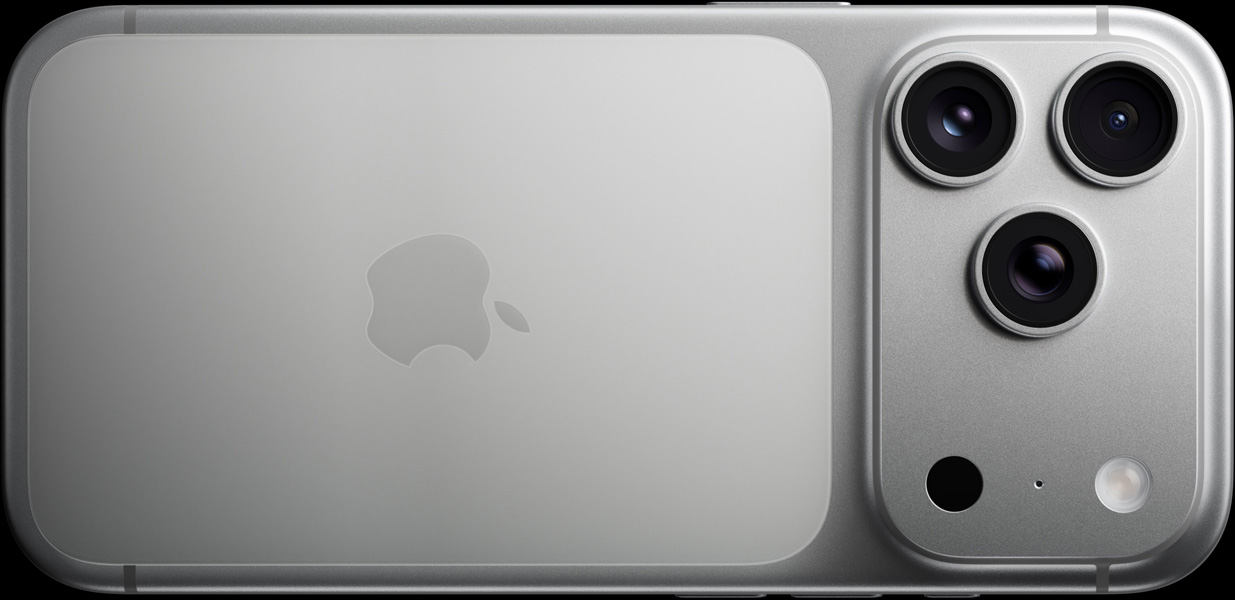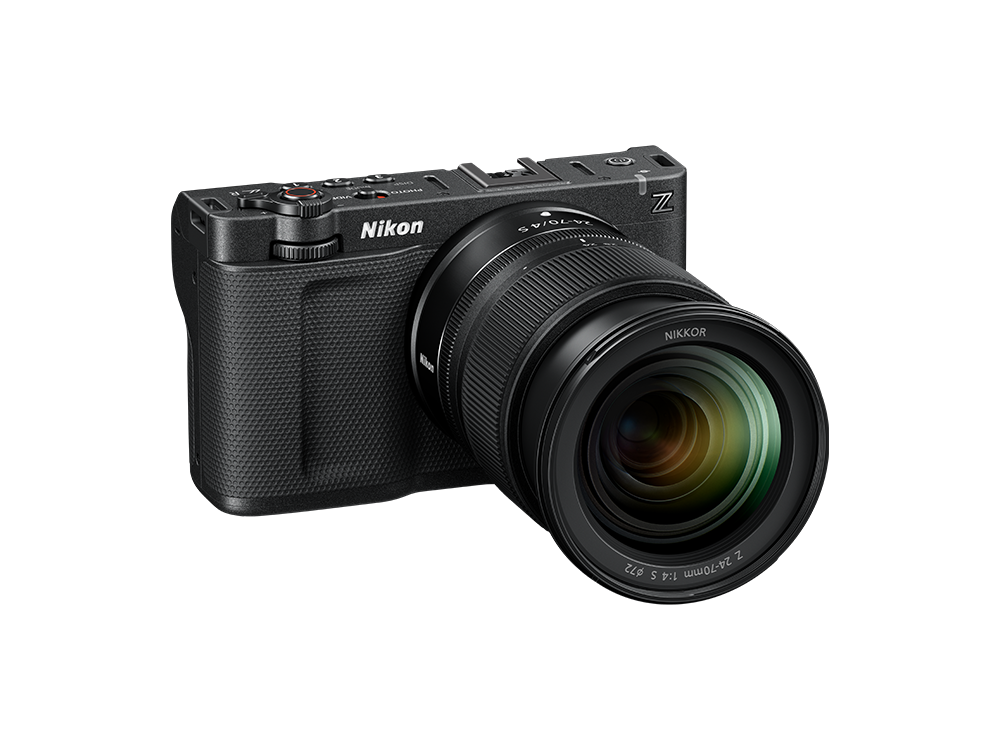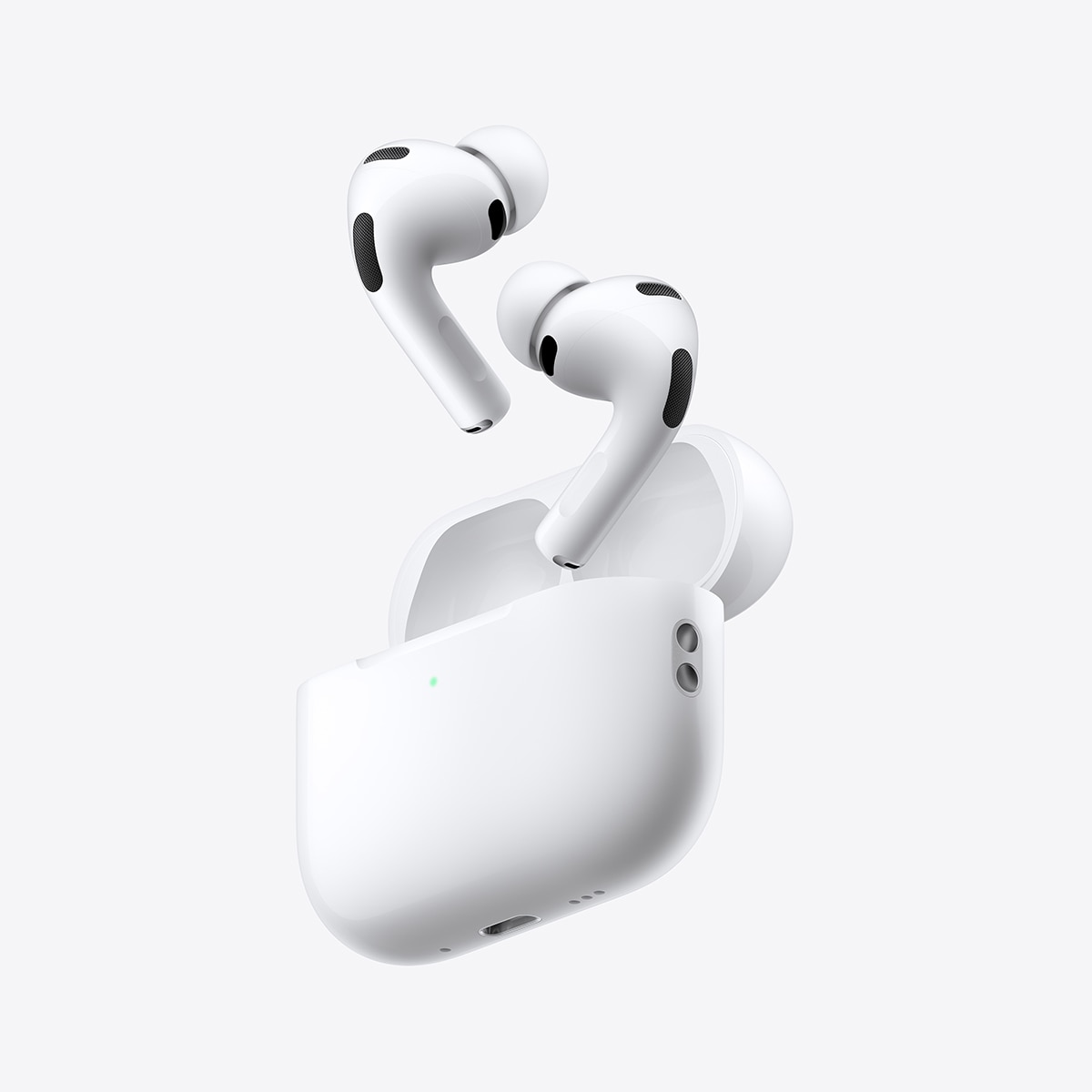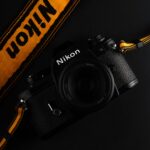What Changed in 2025: The Real Context for Your Buy
Specs didn’t stand still, sure—but the context around your camera changed more. Three shifts matter in 2025:
HDR and mixed lighting are the new normal
More clients request HDR masters or at least HDR-ready footage. Meanwhile, LED walls, practicals, and office lighting all mix wildly. That means your camera’s highlight handling, matrix behavior under weird LED spectra, and ease of getting to an HDR-safe grade matter more than a headline codec. Any 2025 cinema camera comparison that ignores color in ugly light is incomplete.
Vertical and open-gate deliverables
Even narrative teams are framing for vertical cutdowns. If your camera (and lenses) play nicely with open-gate or flexible aspect ratios, you’ll save reshoots and headaches. This is less about resolution and more about field of view, lens character across the frame, and monitoring tools for safe zones.
Remote workflows and fast turnarounds
On-set proxies, reliable timecode, and painless handoff to editors are now table stakes. Don’t just compare price and specs—evaluate how quickly the camera gets you from slate to sequence without brittle hacks.
Lens Mount Differences: The System Decision Hiding in Plain Sight
We love to argue bodies, but long-term value lives in the mount. The C50 lives in Canon’s RF world, the ZR in Nikon’s Z, and the FX3A in Sony’s E. These lens mount differences steer your entire career arc.
Openness vs control
Historically, Sony E has been more open to third-party AF lenses and adapters; Canon RF and Nikon Z have been more curated. None of that is inherently good or bad. Open ecosystems mean choice and lower cost; tighter ones can mean deep first-party integration. Your appetite for experimentation vs consistency should guide you here.
Adapter reality in 2025
Adapters aren’t just about physical fit anymore—they’re about reliable metadata, iris control, IS, and autofocus behavior you can trust on a paid day. Test your favorite EF, F, or PL glass on each body you’re considering. How does breathing compensation behave? Does power pass through for focus motors? Can you set repeatable focus marks? These practicals can eclipse any body-level spec.
Resale and rental network
E-mount still enjoys the broadest third-party lens coverage in most rental houses, which can lower your total cost on bigger gigs. RF and Z are catching up in interesting ways—especially with compact cine primes and rehoused classics—but check your local market. System availability will quietly determine whether a camera grows with you or boxes you in.
Price and Specs vs Total Cost: Budget Like a Producer
Comparing price and specs alone is how carts fill and wallets empty. Budget for a ready-to-roll rig, not a body on a shelf.
The hidden line items
- Power: How many batteries for a 10-hour day? What chargers? Travel weight?
- Monitoring: Can you see exposure accurately outdoors without a $1K monitor?
- Audio: Are the preamps clean enough, and is timecode integrated or an add-on box?
- Rigging: Native mounting points save you from cages and creaks. Check top handle and side mounts.
- Media: Don’t just price cards—price the reader ecosystem and backup speed.
Service and firmware cadence
Turnaround times for repairs and the track record of meaningful firmware updates matter more than a one-time launch feature. In 2025, assume what ships today is what you’ll rely on through 2026; buy the camera that already solves your problems rather than banking on future patches.
Accessories that change the game
Internal ND (if present), reliable IBIS/IS behavior with cine rigs, and a top handle that doubles as your XLR interface can erase entire bags of gear. If one of these three bodies gives you the accessory that saves your back (or your take), that’s worth more than a marginal bitrate bump.
Image Quality Where It Counts: Color, Motion, and HDR
Let’s talk image quality without spec-sheet mythology.
Color you can predict
Each brand has a look philosophy. Canon often leans into pleasing skin tones out of the box; Sony tends to offer malleability with strong AF and low-light chops; Nikon has been steadily refining color for video with an eye on stills-to-motion consistency. None of those tendencies guarantees that the C50, ZR, or FX3A will match your taste—so build a quick test: mixed LED, tungsten practical, daylight bounce. Shoot a face, gray card, and saturated fabric. Grade to your usual LUT or ACES pipeline. Which file resists breaking when you push saturation and contrast?
Motion and texture
Resolution isn’t the same as detail. Texture comes from the sensor’s readout behavior, noise structure, and sharpening defaults. Look for motion cadence that feels natural in handheld work and rolling shutter that doesn’t wobble your city pans. If one camera’s motion feels jittery on your gimbal, that matters more than a spec that looked great in a graph.
Highlights, not just dynamic range
Ask how highlights roll off on a face under LED/fenestration, not how many stops the marketing sheet claims. In 2025’s HDR world, “protect the skin” is the mantra—expose to save cheeks and foreheads, then see which file lets you keep window detail without plastic skin when graded back for SDR delivery.
Canon C50 vs Nikon ZR vs Sony FX3A: Matching Cameras to Jobs
Here’s the pragmatic way to think about Canon C50 vs Nikon ZR vs Sony FX3A in 2025—job by job, not forum by forum.
Doc and run‑and‑gun
You want dependable AF, solid audio on the body, and stabilization that plays nice with walking shots. The camera that gives you the fewest boxes and cables wins. If one of these gives you a top-handle XLR, internal ND, and reliable subject detection in tough light, that’s your friend on a 12-hour day.
Solo creator/agency hybrid
Consider menu speed, quick switching between log and baked looks, and LUT monitoring for clients. Also, 9:16-friendly framing aids save reshoots. A body that exports clean proxies while recording masters will move your edit faster than any extra K of resolution.
Indie narrative
Prioritize color grading latitude, quiet operation, and lens ecosystem depth (fast primes, cinema zooms, adapters that don’t glitch). If your local rental house is stocked with E-mount cine glass, the FX3A ecosystem may be frictionless. If your collaborators already live in RF or Z, that social gravity matters more than you think.
Live/hybrid and events
Consistency across multiple bodies, timecode, reliable HDMI/SDI output behavior, and heat management under stage lights decide your night. Rent two of each and roll a stress test; see which one keeps all feeds clean for hours. This is where published price and specs can’t predict your real-world confidence.
Bottom line: align the camera with your job’s failure points. That’s a better 2025 cinema camera comparison than any spec matrix.
A 48‑Hour Test Plan for a No‑Regrets 2025 Purchase
Before you commit, run this simple plan across the C50, ZR, and FX3A. It bakes in lens mount differences, image quality, and the practical side of price and specs.
Day 1: The ugly light gauntlet
- Scene A: Window backlight + LED practical + skin tone. Expose for skin, protect highlights. Grade to your delivery LUT and to ACES. Which breaks first?
- Scene B: Night street with sodium/LED mix. Check AF tracking and noise texture at the ISO you actually use.
- Motion: 50mm handheld walk, 24mm gimbal pan, 85mm whip. Note rolling shutter feel, IBIS/breathing compensation, and moiré on fabrics.
Day 2: Workflow and ecosystem
- Lens kit: Mount your current EF/F/PL/third‑party glass via adapters on each body. Test iris, IS, metadata, and repeatable focus pulls.
- Audio: Plug in a lav and a shotgun. Listen for preamp noise and check timecode sync over a two-hour record.
- Data: Offload a 512GB card from each. Time the ingest, proxy creation, and first-grade. Which is fastest to a presentable cut?
- Heat and power: Roll a 30‑minute take twice. Battery swaps, temps, and recorder behavior will tell you who’s built for your gigs.
Rank each camera on confidence, not just capability. In 2025, the winner is the one you forget about while you focus on story.









